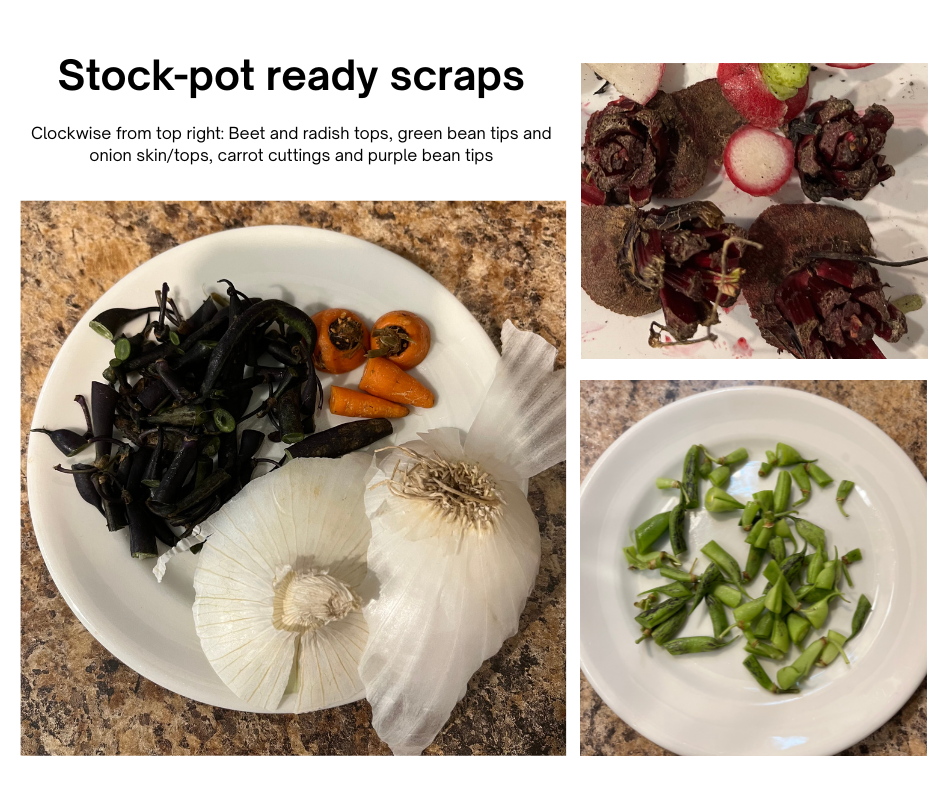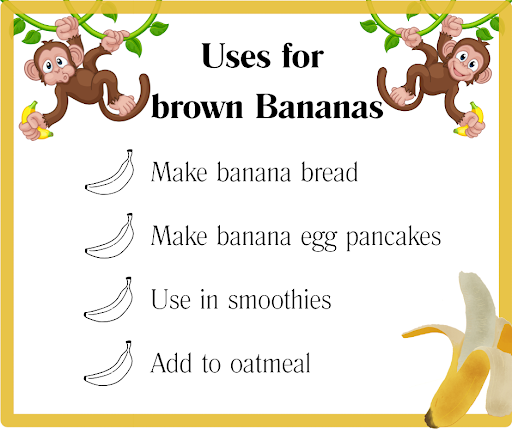Food Scraps: Trash or Treasure?
- Rae Hoagland
- Aug 7
- 3 min read
My family tries our best to reduce the food waste in our kitchen–even just by doing things as simple as not peeling carrots, cucumbers, or potatoes (just wash them first!). But there are still many things that end up in our compost bucket rather than being used. Creating food scraps is inevitable when cooking, but that doesn’t mean those scraps have to end up in a landfill. Read on for some tips and ideas of what to do with those food scraps that are bound to happen.

Produce Scraps
In the last few years, composting has become one of the most well-known ways to be more sustainable in your kitchen and to keep food out of the landfill. But, it isn’t always the only (or best) option to deal with produce scraps. I’m in no way discouraging composting, as it has many benefits and is one of the most low-maintenance ways to deal with food waste in your kitchen. But if you have some extra time or energy, consider saving some produce scraps from the compost pile and trying out some of the following ideas instead!
There are so many ways to use produce scraps, but here are a few i’ve thought of: you can make candied citrus peels from the leftovers of making lemon water; use orange and apple peels to create a simmer pot and make your home smell cozy during the cold winter months; save the stems of leafy greens and sautee as a side dish; save the stems of herbs to add flavor to broths, soups, and many other dishes; grow more from certain produce like celery/lettuce butts, avocado seeds, potatoes, and onions (create an "infinite" food loop); and last but certainly not least, if you’re an athlete, work out a lot, or get muscle cramps, drink pickle juice instead of throwing it out as it’s full of electrolytes!
Stock Pots/Broth
One of the most versatile (and probably one of the most well-known) ways to use scraps from your kitchen is to make a stock pot. You can add most kitchen food scraps to a stock pot to make broth. The great thing about making a stock pot is that you could make either a veggie broth or a bone broth!
You can save carcasses and bones to make bone broth. Whether your family often cooks whole poultry, you often have ribs, or you prefer chicken wings, any bones can be saved for bone broth. In my family specifically, we most often end up with bones (and skin!) scraps from rotisserie chickens! And yes, not only can bones go into bone broth, but skin and other meat scraps can also be included. Vegetable scraps should also be included in bone broths to add flavor and nutrients. Just throw scraps into a bag or container in the freezer until you accumulate enough to make broth!

Pretty much all vegetable scraps can be added to your stock pot. There are a few vegetables that should be avoided in order to make your broth as delicious as possible; according to seriouseats.com, “Bitter and tender greens should generally be avoided, along with things like peppers, which have a flavor that can overwhelm a general purpose stock, and potatoes, which are better at soaking up flavor than releasing it”. Collect your vegetable scraps in the freezer until you have enough to make broth–or use fresh scraps from a big meal or gathering like Thanksgiving to make a delicious vegetarian broth option.
Food About to Go Bad
This doesn’t just apply to scraps that you’ve made while cooking, but also applies to foods that are about to go bad. There are many ways to use almost bad food: make soup from almost expired or soft ingredients, stir fry things like wilted lettuce, freeze fruit for smoothies and juice, and add soft apples and blueberries to oatmeal. You can add old bananas into many different recipes such as banana bread and banana egg pancakes, etc. This doesn’t just apply to produce either; use stale bread for french toast, croutons, bread pudding, and breadcrumbs, or use pretzel crumbs as toppings for desserts!

The best thing to do to avoid throwing out food scraps is to be creative! Use the internet to your advantage if you have no clue what to do with the scraps you have. This blog just barely scratches the surface on uses for food scraps, which is only one aspect of food waste reduction. If you are interested in learning more about food waste and alternatives, check out this blog: https://www.happydancingturtle.org/post/adventures-in-sustainability-food-waste-and-some-great-alternatives.
Want to know more about sustainable living topics, events, and happenings? Sign up for Happy Dancing Turtle’s eNewsletter.





Comments